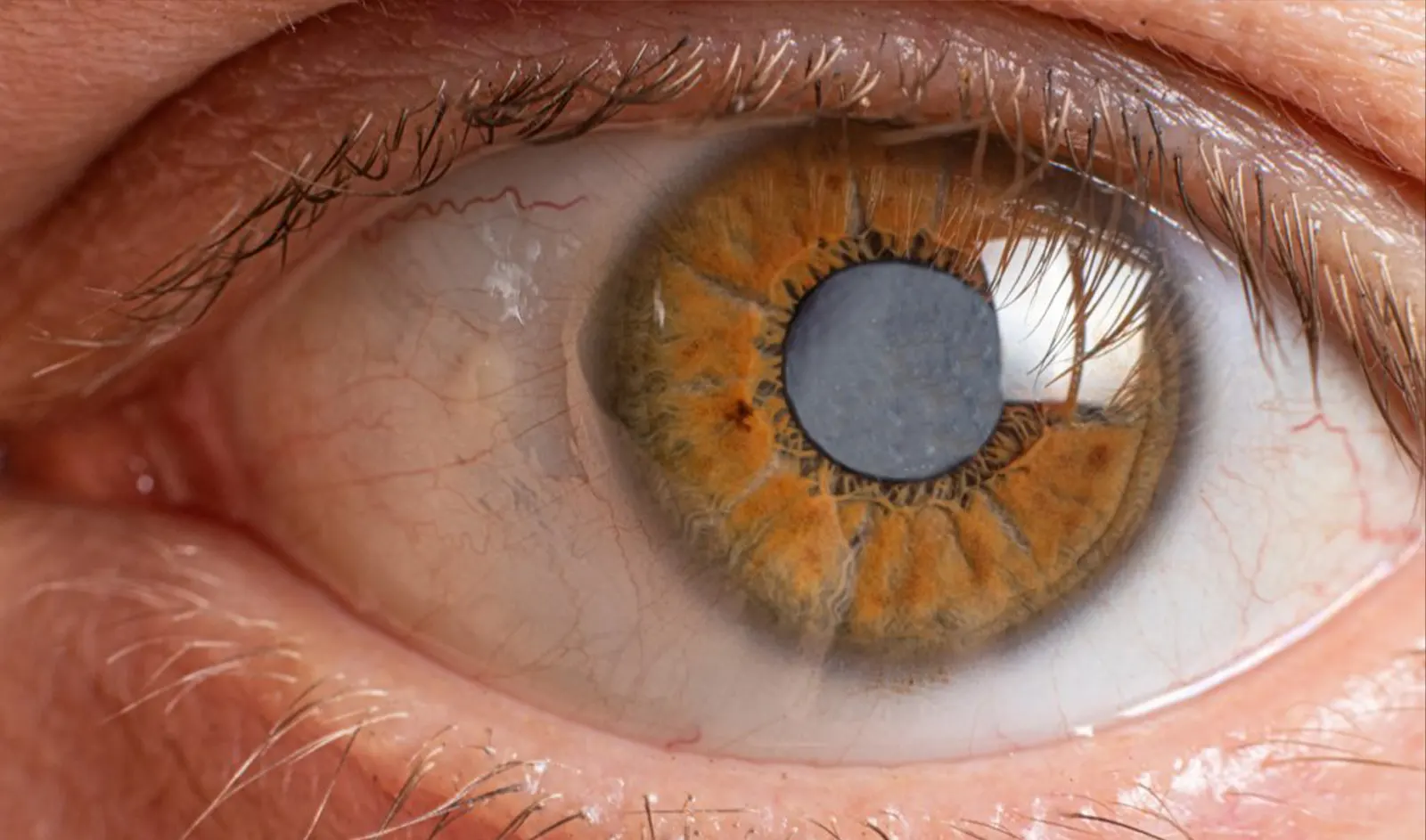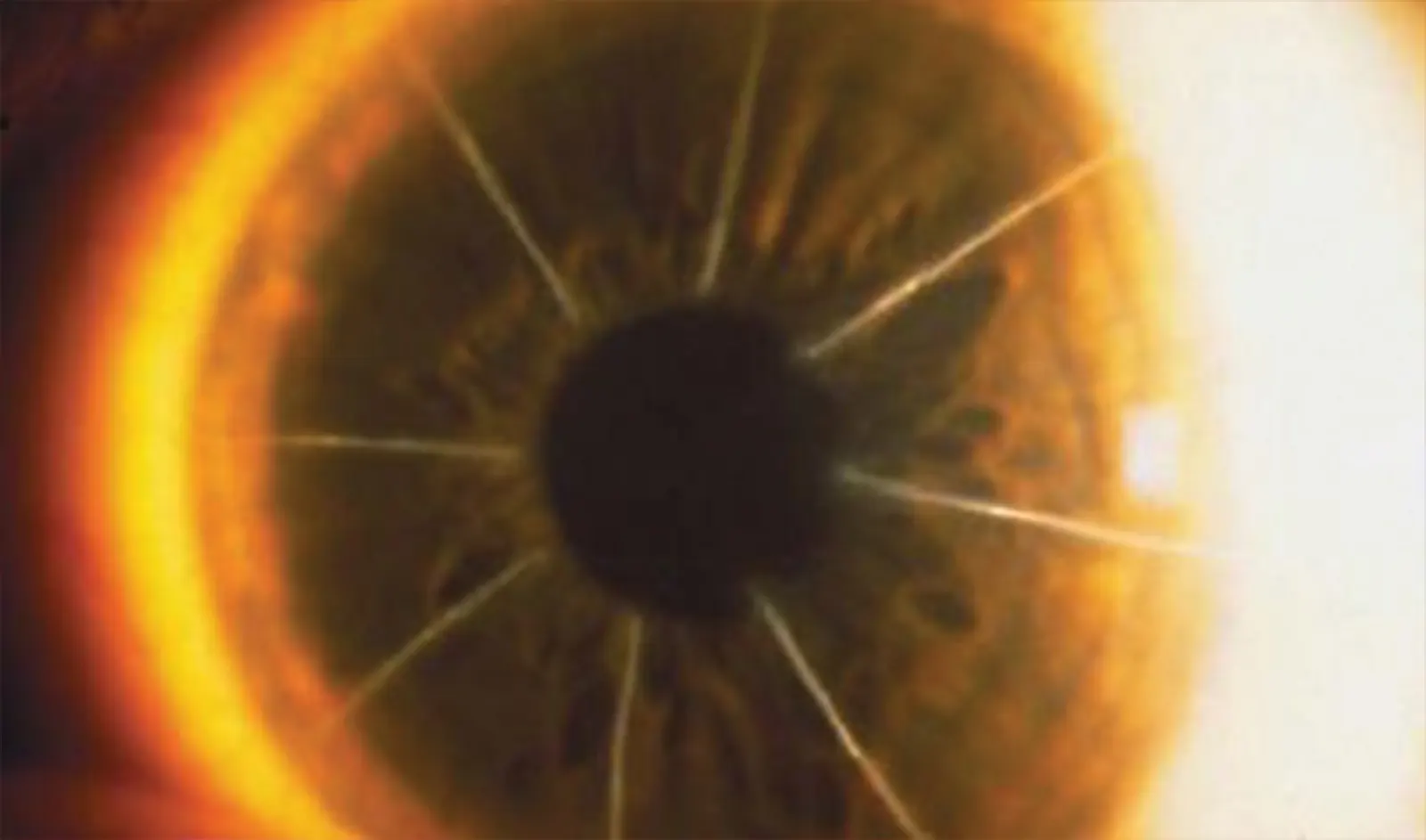We’ve all experienced itchy, red, and watery eyes for some reason or another. Yet, would you believe that all this irritation can come from something nearly invisible?
Your cornea is a transparent membrane covering your eye and is responsible for keeping your eye healthy. But if something is wrong, this can cause several issues. Let’s dive into corneal conditions and what to do about them.
While the cornea’s job is to protect the eye, it can also be the source of many vision difficulties. Acting as your eye’s shield, it bears the brunt of the outside elements and provides a resting place for contact lenses.
With all the cornea’s responsibility, any disturbance can immediately affect how our eyes act. If the cornea isn’t happy, the rest of the eye isn’t, either. Fortunately, most corneal problems have simple solutions.
Below are four common corneal conditions and their specific remedies. While their treatment is relatively simple, any persistent or severe symptoms should be your cue to get the help of a physician.

According to the American College of Allergy, Asthma, and Immunology (ACAAI), approximately 50 million Americans suffer from allergies. Whether as a result of seasonal or indoor allergens, common eye allergy symptoms include itching, redness, discharge, light sensitivity, and hazy vision.
Eye allergies can result from a multitude of sources, including pollen, ragweed, mold, and pet dander. Often, symptoms start with a slight itch or irritation and cascade into all those mentioned above.
Fortunately, eye allergies are almost as easy to treat as they are to catch. The first step is to remove the allergen. Secondly, frequent hand washing will minimize contact. Finally, over the counter or prescription eye drops can be used to alleviate symptoms when necessary. Patients can also get moderate relief from cold compresses and oral antihistamines.
Dry eye is a condition that affects approximately five million Americans every year. As it turns out, our tears do much more than merely show our emotions. They protect our eyes from injury and infection, and consequently, the light sensitivity, burning feeling, and redness caused by dry eye can leave patients wanting to cry.
All you need to do is work in a windy, smoky, or dry environment to fall victim to this condition. Also, women can experience dry eye as the result of hormonal changes after pregnancy. Other causes include certain medications, diseases that affect the eyes like diabetes, or too much screen time.
As initial dry eye treatment, patients can stay away from harmful environments, wear wrap-around protective eyewear, and hydrate more often. For more severe cases, your doctor may recommend using prescription or over-the-counter eye drops. For the most severe cases, ocular surgeons can install tear duct or punctal plugs to prevent the drainage of your tears. There are also excellent medicines now available to help treat dry eye.
A corneal abrasion is a fancy term for a direct scratch to the eye. These micro scratches can come from a poke in the eye, a speck of dirt or sand, or a bit of makeup. They can also come from leaving your contact lenses in too long. Corneal abrasions are more common than you think.
Victims of corneal abrasion often feel like sand or grit is in their eye even when none is present. They also feel pain, itchiness, light-sensitivity, redness, and blurred vision.
Suffers will be glad to hear that most corneal abrasions can heal with medicated eye drops. Your doctor may have you wear an eye patch or tape the lid shut to protect the eye. Extreme cases can warrant wearing a unique bandage-like contact lens.
Keratitis refers to the inflammation of the cornea, and it usually occurs due to infection or when we wear contacts for too long. Once again, like other corneal conditions, suffers experience red, irritated eyes, blurry vision, light sensitivity, and watery eyes. They can also feel worsening pain, even after removing their contacts. In other cases, keratitis comes from exposure to bacteria, viruses, fungus, or parasites.
Pink eye (aka conjunctivitis) is the most common form of infectious keratitis. Severe outbreaks of shingles or other herpes can also be a source. Fungal exposure is rare, and it requires an airborne fungus to be present. Parasitic exposure is infrequent and would come from a water-born source.
Like other common corneal conditions, keratitis is treatable. There are individual eye drops for all four varieties of infection, which are generally sufficient. The best protection against keratitis is good contact lens habits and anything else that promotes healthy tear production.
Other less common conditions include corneal ulcers, corneal opacity, and Keratoconus. While their symptoms are nearly identical to the above ailments, only a physician can make their diagnosis.
While you can usually treat most corneal conditions quickly, check with an eye expert like Dr. Motwani to be sure. Book your free virtual consultation with Cornea Revolution today!

Cataract Surgery is the most performed surgical procedure in the United States, and has a phenomenal track record for improving…
Read More
The treatment of trauma with topographic-guided ablation depends on the level of scarring caused by the trauma, the position of…
Read More
In the dynamic world of eye care, keratoconus treatment has become a focal point due to the condition’s impact on…
Read More